Westworld Season 3 premiered on March 15 and teased an exceptional new journey for the "hosts", sentient robots that fill the theme park “Westworld,” in the series. Where they've come from has been a journey too. Westworld has 20 episodes to binge during a free trial of HBO, but countless reasons to commit to a subscription and catch up with the Emmy awarded series.
Westworld's earlier seasons offer a lot of complex information and heroes (and villains) to follow. Comparing the seasons of TV's best is an inevitable discussion every watcher has, so to make that easier here are 5 Reasons Westworld Season 2 is Better Than Season 1 (& 5 Reasons It Isn't).
Spoilers for both seasons ahead, so proceed with caution if you haven't watched the show.
10 Is Better than Season 1: The Expanding World
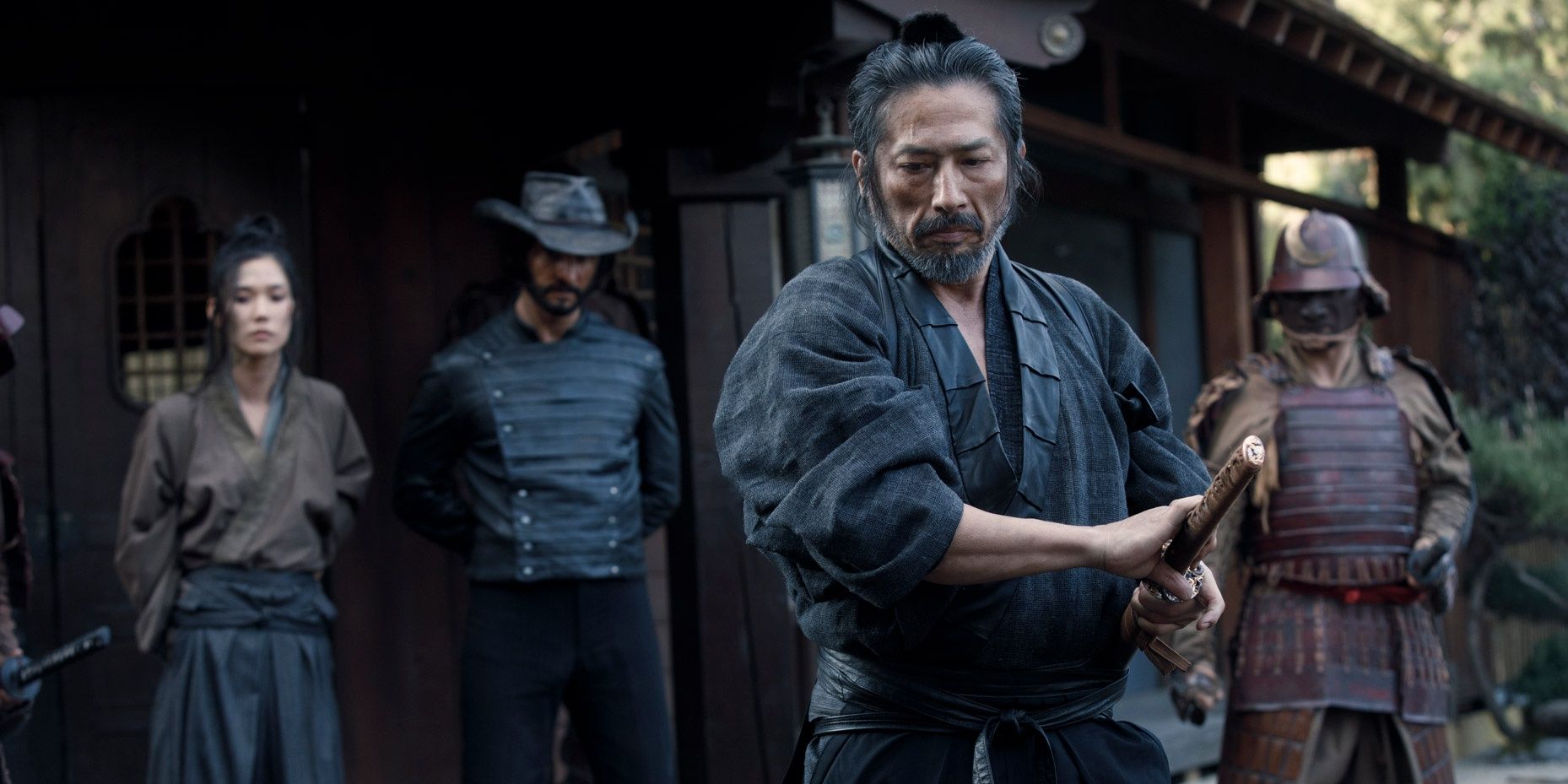
Shogunworld and The Raj. These are the two additional Delos parks that season 2 explores.
In the first season, there was a tease that later turned into clear evidence of additional parks outside of Westworld. In season two Maeve and her troupe venture into the hostile territory of Shogunworld, a Japanese themed-park where revolvers and rifles are swapped for katanas and arrows. The Raj is a world inspired by the British Raj and is explored by a new character this season. The basis of the show is focused within one world, but building upon that was a powerful move in season 2.
9 Isn't Better than Season 1: Season one had a better finale
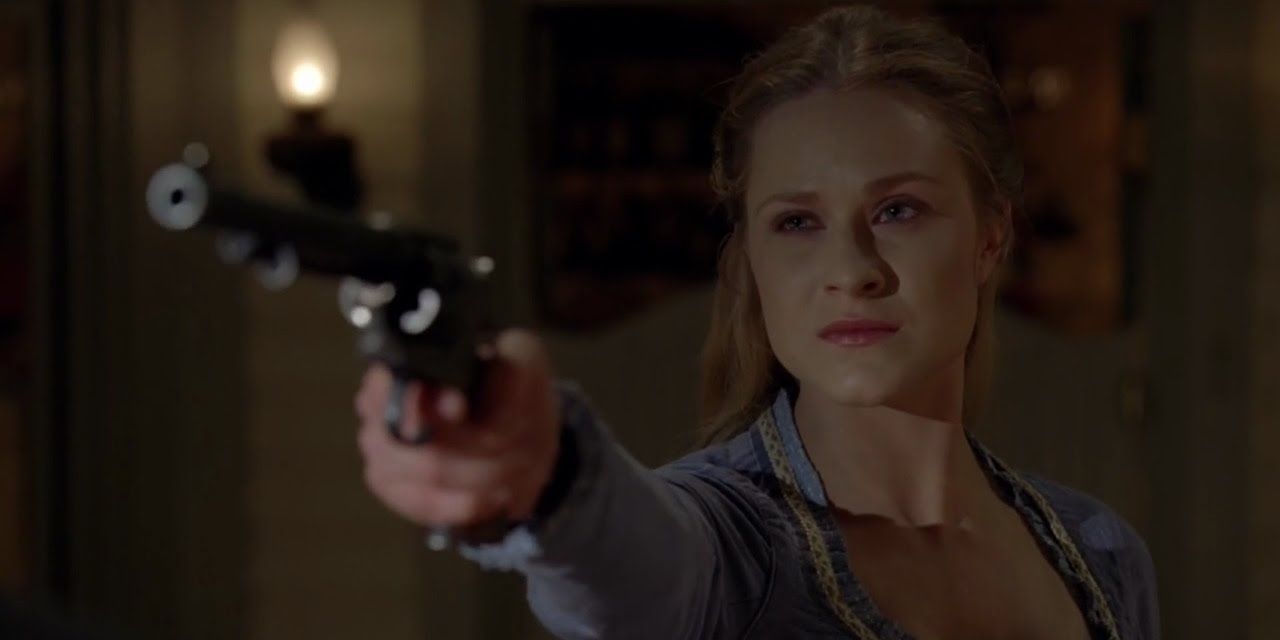
As much as fans may want it to compare to the end of the first season, the final episode of Westworld season 2 is not as impactful.
The wrap up in season one raised the stakes for what’s to come in the show. A sentient robot is scary, but make them a leader of an army of sentient robots, with a bonus of revolvers and no remorse for killing humans, and that there is a nightmarishly satisfying season finale. The chaos that sweeps across the Delos staff and park opens stories of investigation and escape which are expanded on right off the bat of season 2.
8 Is Better than Season 1: A story with momentum
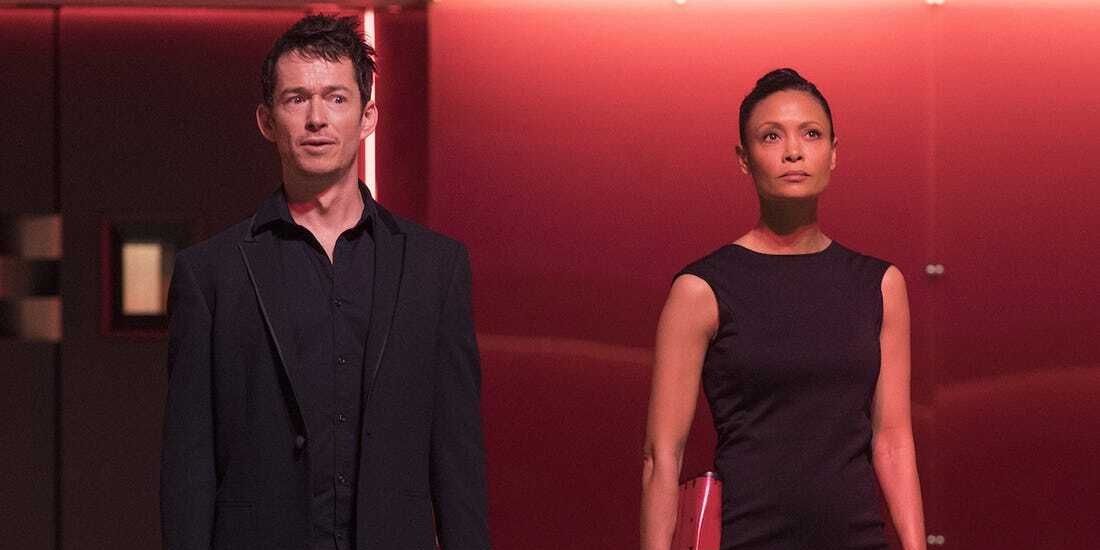
No patience is necessary for this season. season 2 started right after the eye-whitening finale of season 1 and didn't slow down.
Dolores ended the first season with a bang, literally, and initiated a host revolution that would take the lives of many park workers. The plight of those who make it out and how the catastrophe is being handled by Delos officials takes focus this season. This is paired with Maeve's coinciding mission to find and rescue her daughter, all the while building her forces.
7 Isn't Better than Season 1: Costumes are great, but the same
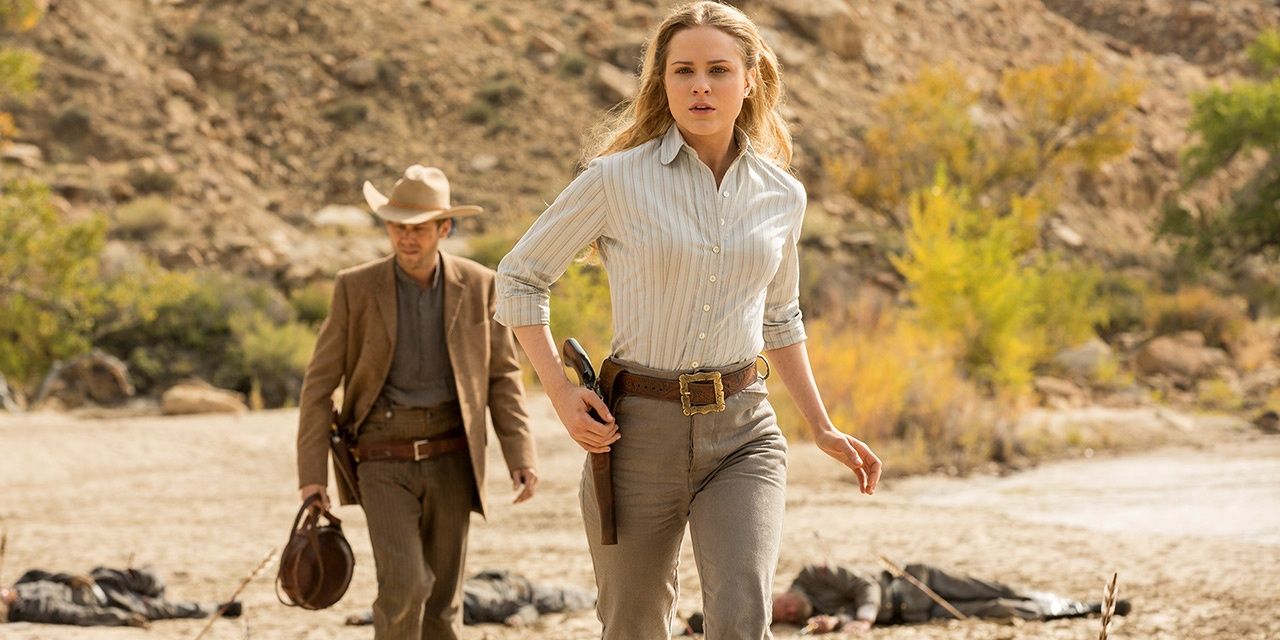
The wild west. A popular period for series and movies to turn to for a chance at showing off some achievements in wardrobing.
As far as they are aware, the hosts in Westworld believe they are in the centuries past American frontier. The corsets and chaps are as standard as the strapped pistols most of the country folk have on their hip. When this fashion clashes with the mid-21st century future, it’s a great collaboration. As season 2 takes place, most of the wardrobe advancements are bulletproof vests on the Delos staff and minimal tweaks to the hosts and what they’re wearing, which seems like a missed opportunity for showing off the period’s closet of outfits.
6 Is Better than Season 1: Character growth

Dolores Abernathy began the series as a damsel in distress, but quickly became the sharpshooting rebel leader she is by the end of season 1.
As season 2 arrived, with it came growth opportunities for every character involved and to see this done without major changes being made can invite watchers to latch on to these characters further. The quests of Dolores building her army, Charlotte ensuring her escape, the Man in Black traveling with his daughter, and Maeve searching for hers all add insight to the already wonderfully crafted characters.
5 Isn't Better than Season 1: The reduced cast of characters
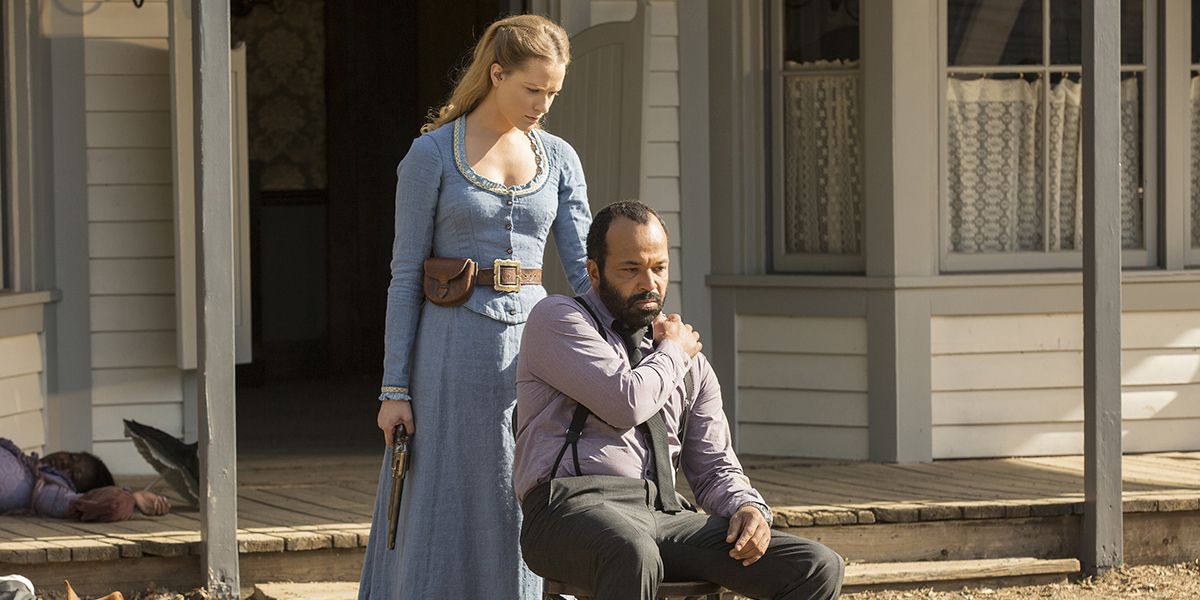
The character count increases this season, but the new faces subsequently drop like it was the season’s mission to use them exclusively for plot devices.
Learning about additional hosts before, like the women at mariposa’s saloon, or the staff at Westworld park had built an impressive roster. A roster that could have continued to expand in the second season but instead remained what it was with little addition.
Nevertheless, the final pool of leading characters is satisfying and makes heading in to season 3 worthwhile committing to the previous seasons.
4 Is Better than Season 1: Complexity in its writing

This is the season you can't just let run in the background. In true Westworld and sci-fi fashion, the timeline of this season takes some effort to follow and more to understand, yet that should be an exciting draw to the series.
The writers have expanded this series based on the 1973 original Westworld and the detail of care can be accounted for in their story flow, episode to episode.
3 Isn't Better than Season 1: Surprises in Season 1 were clever
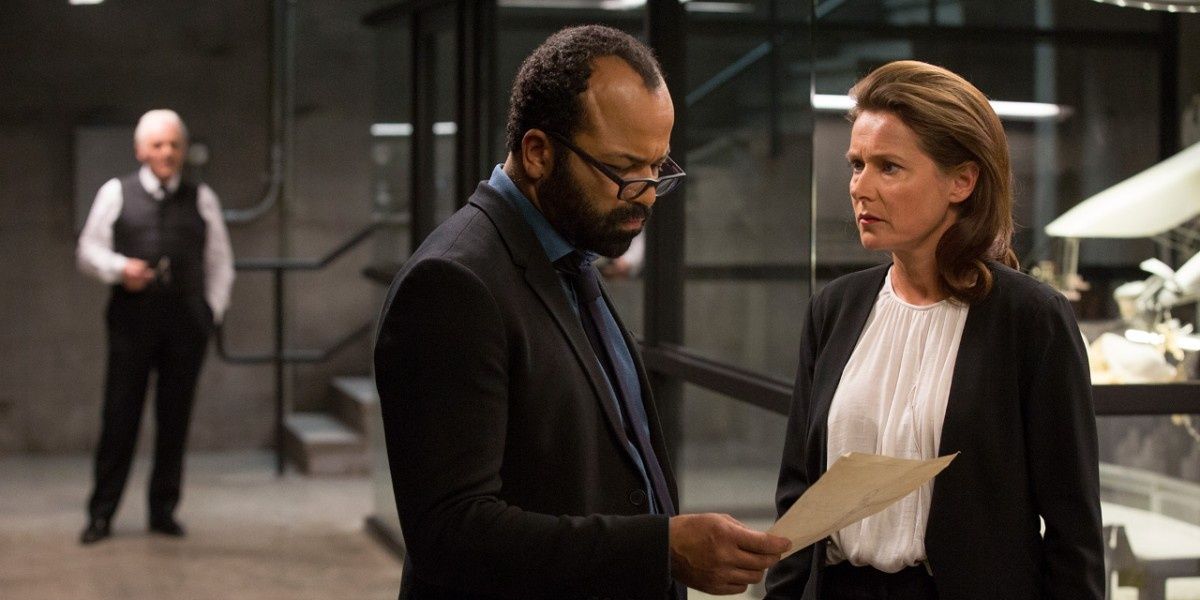
It can be agreed that there are unexpected twists this season, but their payoff isn’t as jaw-dropping as viewers will find them in season 1.
Maybe it is something that always happens as a show continues, but the clarity of why things were done, and how they tie into the overall narrative, was superb in season 1. We realized certain humans were hosts, or that intentions were not as clear as what was seen on the surface and it makes for a larger impact with less confusion.
2 Is Better than Season 1: Diverse spotlight
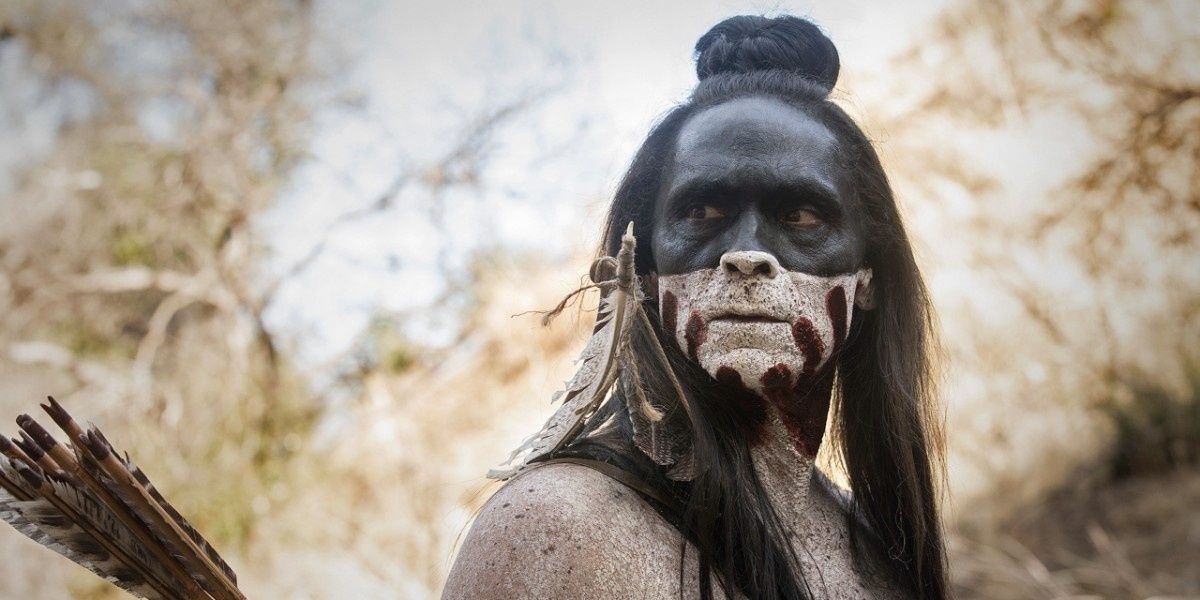
Entire episodes are dedicated to Japanese and Native American communities. Westworld has a large cast and to see that expand in inclusive narratives brought more value to the show. The show was able to break from its central focuses and enter two worlds that were either never explored or misrepresented, in Shogunworld and Ghost Nation respectively.
A deep look into Ghost Nation's past and the experiences of their hosts was shared in an episode. There are new pockets of information for viewers to delve into within each park and their cast, so its diversity is an excellent highlight for the season.
1 Isn't Better than Season 1: Not every answer was a shootout
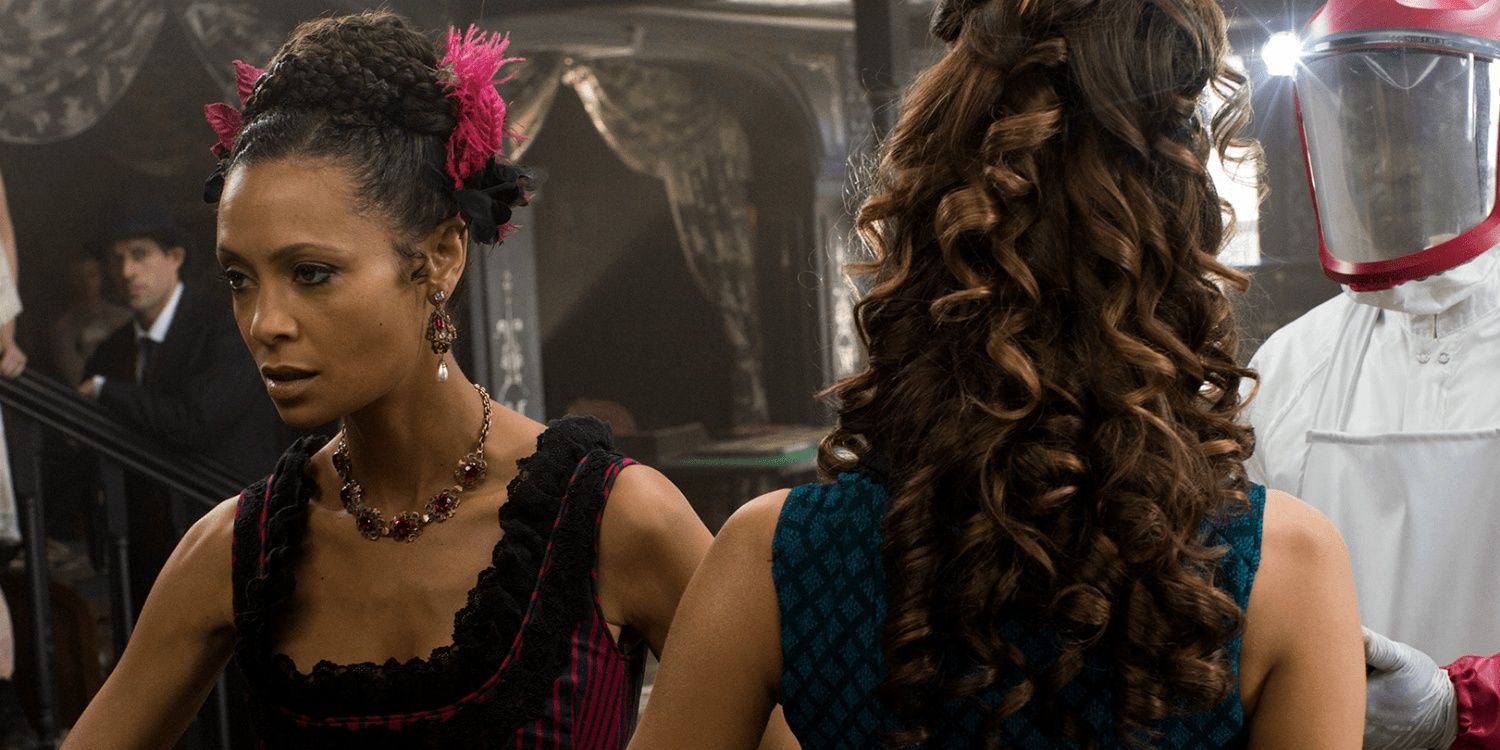
There are lackluster attempts at keeping the action as exciting as it was in the first season. Unsettled differences always seemed to result in a gunfight.
Previously, the way to overcome obstacles was to go about it discreetly so the hosts weren’t caught or deactivated. This is shown in Maeve’s plot to gain knowledge Additionally, the first season has more value within its firefights and shootouts because of how surprising it had been for Dolores or the other hosts to gain the capacity to kill another living thing.
from ScreenRant - Feed https://ift.tt/2R8RsIx

0 Comments